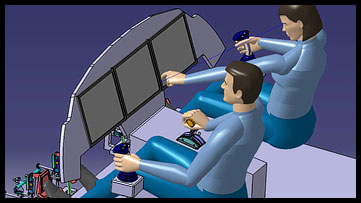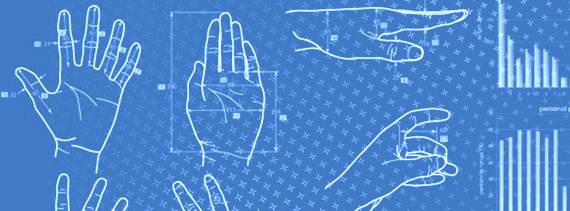'Hands-on Help for SMEs' and Smart Technical People'
Professional Design
Expertise: Industrial Products, Human Factors and Driving Strategic
Business Benefits
Essential Product Development for Engineers
Industrial Products, Human Factors and Driving Strategic Business Benefits
Design and Industrial Products
Traditionally recognised for their impact with consumer goods, professional designers can add considerable value to capital goods used in engineering applications. Component and assembly manufacturers, whose products end up within systems or modules further up the supply chain, can make use of design to differentiate themselves, in terms of both form and function. The result is often to make products stand out, perform better and ultimately possess competitive advantage over their rivals.
Ergonomics – Human Factors
Professional Designers often specialise in complimentary disciplines to engineering, in areas that can benefit your product development process. For example, many designers possess expertise in human factors (like physical and cognitive ergonomics and anthropometrics) and human behaviour – how people perceive, desire and use products. Fully understanding these areas can make a massive difference to the successful design, usability, desirability and operation of your products.
Practical physical ergonomic considerations include ease-of-use, set-up/put away, installation, operating systems, simple hand and finger controls, as well as any other features that make the product simpler to use for the operator. Humanistic aspects should have a high profile in the specification and as such, are critical for evaluating the concepts (and assemblies) at different stages of the product development process.
Sadly too often human factor features are an afterthought and may be introduced later, as engineering change orders. The problem here is this may occur too late in the day and often the most profitable phase of the product life cycle has passed.
For products with a human interface or with which people interact a lot, good ergonomics can mean the difference between a product that is extremely popular and talked about, versus one that fails dramatically in the market place.
Ergonomics and Anthropometrics: Design Considerations
Human Factors - Considerations and Best Practices for Design Engineers
(Courtesy of Eureka Magazine)
An excellent piece describing how by taking into account human requirements early in design development, it's possible to deliver great products that people love using because they feel right. Additional information is given about the industries which use human factors engineering, some of whom are high-hazard and high risk. Strong examples of consumer goods industries are provided, as is practical advice for design engineers to use. Finally the range of engineering human factor considerations are explored including anthropometrics, psychology and cognitive issues.
Human-Centred Design - Key to Successful Product Development
(Courtesy of Eureka Magazine)
An informative article describing how human-centred design is a key component of successful product development. The medical industry is the principle focus although the points are universal. The relationship between user and design engineer is explored and an approach is proposed that acknowledges the common issues, before recommended good ideas.
Design to Drive Strategic Improvements
In its widest sense design is a board level consideration, which can be used strategically to make improvements all the way through the business. A strong design lead can link market research and customer requirements to a well written brief and a well-managed product development process. Additionally, strategic design informs the appearance and feel of the whole product range, so they are linked and so look and perform like a coherent family of manufactured goods. The use of colour, materials, form and graphics should reflect a holistic approach to design.
Effective, well considered design can permeate many aspects of the business, for example stationary, literature, packaging, as well as products. Other design-led considerations include promotional material, as well as digital videos, user manuals and all types of documentation. In this way, design is used to create a recognisable striking brand for your business, which customers value and return to, over and above your competitors.
Professional designers can also help train employees to be more design-aware in their work. They can help implement and embed design thinking. In so doing, they can demonstrate the creative and innovative nature of design is complimentary and compatible to production engineering and manufacturing.
Having a professional designer embedded within a cross-functional team adds real value to your products, your processes and your business. Higher value products stand out against the competition. They also enable you to charge a premium, as consumers desire them. As such, you don’t have to always compete on price. Instead, you have the option of increasing your margins and profit-per-unit. Additionally you build loyalty and demand through your strong design-based brand. Competitive advantage, increased revenues and a sustainable long-term business are the result.
How design thinking and strategy can drive business innovation and success
Next... Intellectual Property
Back to Product Development Essentials
When was the last time your business developed a NEW product? ...Or is 'Product Development' too far removed from your core Production Engineering activities?
Does your firm have a clear product development process, with a number of new products released to date? ...Or alternatively, do you think bread and butter production engineering is really what matters? Tell us about your product development experiences...
Share your story...and receive a FREE copy of our report 'Helping Your Manufacturing Business Thrive'...
PS: Feel free to name-drop your firm! There's nothing wrong with a bit of free publicity!













